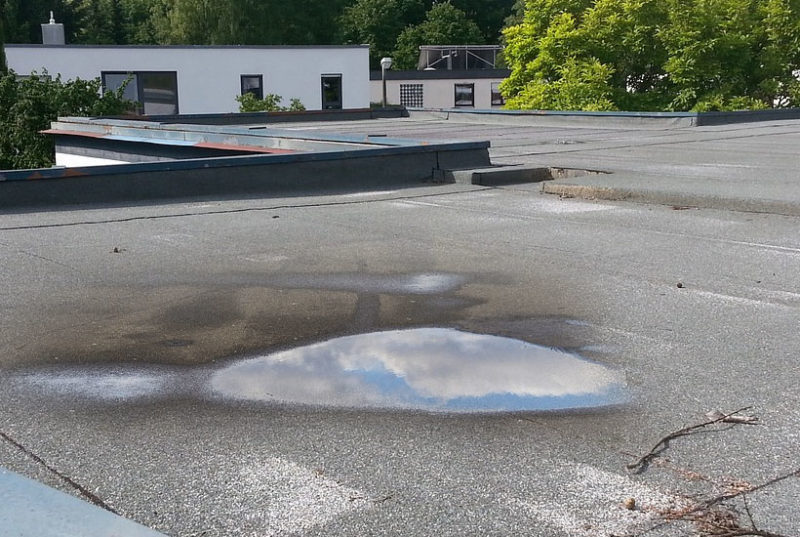Why Integrity Testing Is Critical
Waterproofing failures aren’t always visible. By the time leaks appear, the damage has already spread. A proactive approach is the only way to prevent costly repairs and disputes.
Integrity testing with ELD allows you to:
- Verify the waterproofing membrane is intact before the next construction phase.
- Identify breaches early—before water finds them.
- Ensure long-term durability by catching defects before handover.
- Reduce liability risks for contractors and building owners.
Ignoring integrity testing is not just a risk — it’s a guarantee that problems will surface later.
When Should ELD Integrity Testing Be Performed?
To prevent leaks, testing must happen at key stages:
- Post Waterproofing Installation Testing
The best time to test waterproofing is immediately after installation, on an exposed membrane (even for ballasted systems). At this stage, defects are easiest to identify and repair without additional costs or complications.
Why it matters:
- Confirms that the installation is defect-free.
- Avoids costly rework — fixing a defect now may cost a few hundred dollars, but if found later, it could mean tearing up the entire roof.
- Meets project specifications — contractors can verify that waterproofing meets performance standards.
Skipping this step means defects remain hidden, turning what could have been a quick fix into a major financial loss.
- Pre-Handover Testing: Ensuring No Damage Occurred During Construction
Even if the membrane was perfect after installation, the risk isn’t over.
Construction activities — penetrations, tools, dropped materials, foot traffic, and last-minute modifications — can all compromise waterproofing.
Why it matters:
- Identifies new damage that may have occurred after the initial installation.
- Prevents disputes between contractors and building owners by verifying system integrity before handover.
- Gives the client confidence that the roof is watertight from day one.
Skipping this test means handing over a building with unverified waterproofing, leaving owners at risk and contractors exposed to legal disputes.
- Maintenance Testing: Proactive Inspections to Extend Lifespan
Waterproofing isn’t a one-and-done deal. Over time, exposure to external elements, and roof activities can cause deterioration.
Why it matters:
- Detects early-stage degradation before leaks appear.
- Avoids costly emergency repairs by addressing minor breaches before they escalate.
- Extends the roof’s lifespan by ensuring waterproofing remains effective over time.
Without regular integrity testing, leaks may go unnoticed until they cause severe structural damage — resulting in high repair costs and operational downtime.
Integrity Testing with ELD: The Smart Approach
Waiting for leaks to appear is not a strategy — it’s a liability.
By integrating ELD at these three critical stages, you eliminate uncertainty, prevent leaks before they start, and extend the life of the waterproofing system.
If you’re not testing your waterproofing, you’re just waiting for a leak to happen.


